
漢德百科全書 | 汉德百科全书
 Important International Organizations
Important International Organizations

 Financial Stability Board,FSB
Financial Stability Board,FSB
 Mario Draghi
Mario Draghi
 Financial Stability Board,FSB
Financial Stability Board,FSB
 Mark Carney
Mark Carney
 Financial Stability Board,FSB
Financial Stability Board,FSB
 Randal Quarles
Randal Quarles
 Financial Stability Board,FSB
Financial Stability Board,FSB
 Klaas Knot
Klaas Knot
 Switzerland
Switzerland

 Important International Organizations
Important International Organizations

 Egypt
Egypt
 Ethiopia
Ethiopia
 Brazil
Brazil
 BRICS summit
BRICS summit
 China
China

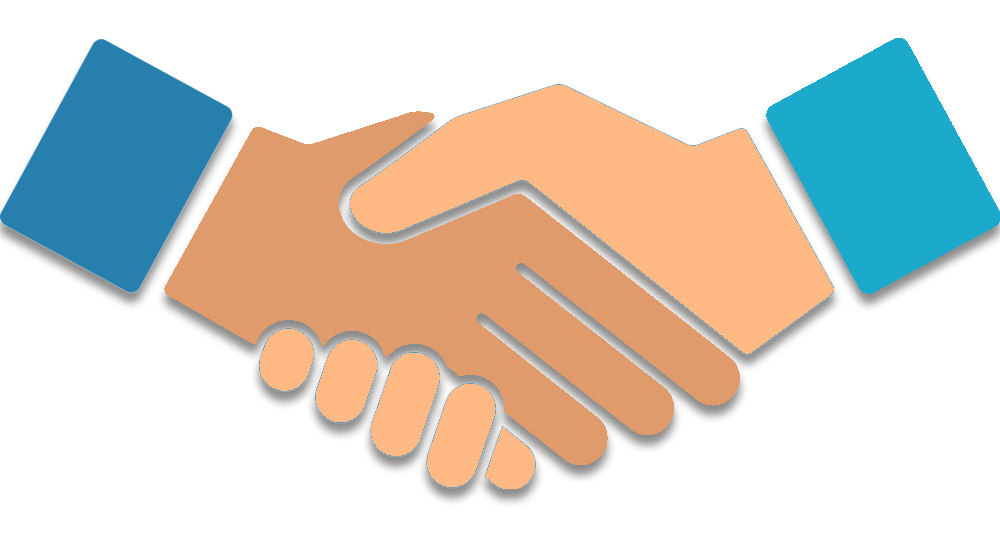 Hand in Hand
Hand in Hand
 India
India
 Iran
Iran
 Russia
Russia
 South Africa
South Africa
 United Arab Emirates
United Arab Emirates

 Important International Organizations
Important International Organizations

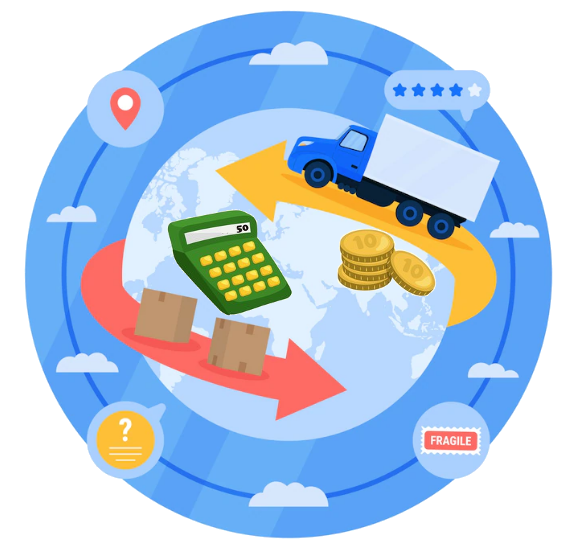 Economy and trade
Economy and trade

金砖国家,简称金砖国,原称金砖四国(英语:BRIC)、金砖五国(英语:BRICS),现指九个主要的新兴市场国家,分别为巴西、俄罗斯、印度、中华人民共和国、南非、埃及、埃塞俄比亚、伊朗及阿拉伯联合酋长国。
金砖国家人口和国土面积在全球占有重要份额,是世界经济增长的主要动力之一。[1]组织中国家的共同点为领土面积大、人口多、发展中国家以及被认为有一定甚至巨大的发展潜力。所以可以说在可见的未来里,这个组织或者组织中某个或多个国家会一定程度上的影响甚至领导全球经济。
2010年12月23日,南非作为正式成员加入金砖国家。2023年金砖国家峰会后,南非总统宣布邀请阿根廷(后撤回加入申请)、埃及、埃塞俄比亚、伊朗、沙特阿拉伯(后搁置加入申请)、阿拉伯联合酋长国成为金砖国家的正式成员[2]。
BRICS is the acronym coined by British Economist Jim O’Neill meant for an association of five major emerging national economies: Brazil, Russia, India, China and South Africa. Originally the first four were grouped as "BRIC" (or "the BRICs"), before the induction of South Africa in 2010.[4] The BRICS members are known for their significant influence on regional affairs; all are members of G20.[5] Since 2009, the BRICS nations have met annually at formal summits. China hosted the 9th BRICS summit in Xiamen on September 2017,[6] while South Africa will do so for the 10th BRICS summit in July 2018. The term does not include countries such as South Korea, Mexico and Turkey for which other acronyms and group associations were later created.
In 2015, the five BRICS countries represent over 3.1 billion people, or about 41% of the world population; four out of five members (excluding South Africa at #24) are in the top 10 of the world by population. As of 2018, these five nations have a combined nominal GDP of US$18.6 trillion, about 23.2% of the gross world product, combined GDP (PPP) of around US$40.55 trillion (32% of World's GDP PPP) and an estimated US$4.46 trillion in combined foreign reserves.[7][8] Overall the BRICS are forecasted to expand 4.6% in 2016, from an estimated growth of 3.9% in 2015. The World Bank expects BRICS growth to pick up to 5.3% in 2017.[9] The BRICS have received both praise and criticism from numerous commentators.[10][11][12] Bilateral relations among BRICS nations have mainly been conducted on the basis of non-interference, equality, and mutual benefit.[13]
BRICS est un acronyme anglais pour désigner un groupe de cinq pays qui se réunissent depuis 2011 en sommets annuels : Brésil, Russie, Inde, Chine et Afrique du Sud (en anglais : Brazil, Russia, India, China, South Africa).
Avant l'ajout de l'Afrique du Sud en 2011, le groupe était appelé BRIC, terme initial inventé en 2001 et qui a conduit à l'organisation des premiers sommets à quatre pays en 2009. Rarement utilisés, les équivalents français de cet acronyme - après l'adhésion de l'Afrique du Sud - sont ABRIC (Afrique du Sud, Brésil, Russie, Inde et Chine1), BRASIC ou encore BRICA2.
L'acronyme BRICSAM (en anglais : Brazil, Russia, India, China, South Africa, Mexico) est également utilisé pour y adjoindre le Mexique, sans qu'il ne soit membre du groupe.
Il BRICS in economia internazionale è un'associazione di cinque paesi tra le maggiori economie emergenti. Il nome è l'acronimo delle iniziali dei cinque stati:
Tali economie si propongono di costruire un sistema commerciale globale attraverso accordi bilaterali che non siano basati esclusivamente sul petrodollaro. Il termine ha avuto origine dal precedente BRIC, con l'aggiunta della S relativa al Sudafrica.
En economía internacional,1 se emplea la sigla BRICS para referirse conjuntamente a Brasil, Rusia, India, China y Sudáfrica,2 aunque en este artículo se hará más referencia al BRIC, que excluye este último país, el que se unió al grupo en 2011. En términos generales, BRICS es el acrónimo de una asociación económica-comercial de las cinco economías nacionales emergentes más importantes del mundo. Los BRICS son considerados el paradigma de la cooperación Sur-Sur, aunque recientemente esta interpretación fue puesta en cuestión dadas las contradicciones entre los intereses de China y los demás miembros.3
Todas estas naciones tienen en común una gran población (China e India por encima de los mil cien millones, Brasil y Rusia por encima de los ciento cuarenta millones), un enorme territorio (casi 38,5 millones km²), lo que les proporciona dimensiones estratégicas continentales, una gigantesca cantidad de recursos naturales y, lo más importante, las enormes cifras que han presentado de crecimiento de su producto interno bruto (PIB) y de participación en el comercio mundial en los últimos años, lo que los hace atractivos como destino de inversiones.4
México y Corea del Sur son los únicos países comparables a los BRIC, pero sus economías se excluyeron debido a que ya son miembros de la OCDE.5 Estos países, Brasil, China, India y Sudáfrica, exceptuando a Rusia que pertenece al G-8, también forman parte del G-5. Argentina, en tanto, fue invitada a la cumbre de Fortaleza, junto a los miembros de la Unión de Naciones Suramericanas realizada en julio de 2014.
Em economia, BRICS é um acrônimo que se refere aos países membros fundadores (o grupo BRIC: Brasil, Rússia, Índia e China), que juntos formam um grupo político de cooperação. Em 14 de abril de 2011,[1] o "S" foi oficialmente adicionado à sigla BRIC para formar o BRICS, após a admissão da África do Sul (em inglês: South Africa) ao grupo.[2][3][4] Os membros fundadores e a África do Sul estão todos em um estágio similar de mercado emergente, devido ao seu desenvolvimento econômico. É geralmente traduzido como "os BRICS" ou "países BRICS" ou, alternativamente, como os "Cinco Grandes".
Apesar de o grupo ainda não ser um bloco econômico ou uma associação de comércio formal, como no caso da União Europeia,[5] existem fortes indicadores de que os quatro países do BRIC têm procurado formar um "clube político" ou uma "aliança", e assim converter "seu crescente poder econômico em uma maior influência geopolítica."[6][7] Desde 2009, os líderes do grupo realizam cúpulas anuais.[8]
A sigla (originalmente "BRIC") foi criada por Jim O'Neill em um estudo de 2001 intitulado "Building Better Global Economic BRICs".[9][10][11] Desde então, a sigla passou a ser amplamente usada como um símbolo da mudança no poder econômico global, distanciando-se das economias desenvolvidas do G7 em relação ao mundo em desenvolvimento.
De acordo com um artigo publicado em 2005, o México e a Coreia do Sul seriam os únicos outros países comparáveis aos BRICS, mas suas economias foram inicialmente excluídas por serem consideradas mais desenvolvidas, uma vez que já eram membros da Organização para a Cooperação e Desenvolvimento Econômico.[12] As relações bilaterais entre os países dos BRICS tem sido conduzidas principalmente com base nos princípios de não-interferência, igualdade e benefício mútuo.[13]
ब्रिक्स (BRICS) उभरती राष्ट्रीय अर्थव्यवस्थाओं के एक संघ का शीर्षक है। इसके घटक राष्ट्र ब्राज़ील, रूस, भारत, चीन और दक्षिण अफ्रीका हैं। इन्हीम देशों के अंग्रेज़ी में नाम के प्रथमाक्षरों B, R, I, C व S से मिलकर इस समूह का यह नामकरण हुआ है।[1] मूलतः, २०१० में दक्षिण अफ्रीका के शामिल किए जाने से पहले इसे "ब्रिक" के नाम से जाना जाता था। रूस को छोडकर[2], ब्रिक्स के सभी सदस्य विकासशील या नव औद्योगीकृत देश हैं जिनकी अर्थव्यवस्था तेजी से बढ़ रही है। ये राष्ट्र क्षेत्रीय और वैश्विक मामलों पर महत्वपूर्ण प्रभाव डालते हैं। वर्ष २०१३ तक, पाँचों ब्रिक्स राष्ट्र दुनिया के लगभग 3 अरब लोगों का प्रतिनिधित्व करते हैं और एक अनुमान के अनुसार ये राष्ट्र संयुक्त विदेशी मुद्रा भंडार में ४ खरब अमेरिकी डॉलर का योगदान करते हैं। इन राष्ट्रों का संयुक्त सकल घरेलू उत्पाद १५ खरब अमेरिकी डॉलर का है।[3] वर्तमान में, दक्षिण अफ्रीका ब्रिक्स समूह की अध्यक्षता करता है।
БРИКС (англ. BRICS — сокращение от Brazil, Russia, India, China, South Africa) — группа из пяти стран: Бразилия, Россия, Индия, Китай, Южно-Африканская Республика.
Сокращение БРИК (BRIC) было впервые предложено аналитиком Джимом О’Нилом в ноябре 2001 года в аналитической записке банка «Goldman Sachs» Building Better Global Economic BRICs (Кирпичи для новой экономики)[1][2]. До 2011 года по отношению к организации использовалась аббревиатура БРИК. В связи с присоединением ЮАР к БРИК 18 февраля 2011 года, по заявлению индийского министра финансов с этого времени группа стала носить название BRICS[3].
Последовательность букв в слове определяется не только благозвучием, но и тем, что само слово в английской транскрипции BRICS очень похоже на английское слово bricks — «кирпичи»[4], таким образом, данный термин используется в качестве обозначения группы стран, за счёт роста которых во многом будет обеспечиваться будущий рост мировой экономики.
Организация была основана в июне 2006 года, в рамках Петербургского экономического форума (ПЭФ) с участием министров экономики Бразилии, России, Индии, Китая. Помимо саммитов, встречи проходят на уровне глав МИД, министров финансов и др.
Эксперты не предполагали наличия координации экономических политик между странами БРИК. Тем более не предполагалось, что страны БРИК образуют некий экономический блок или официальную торговую ассоциацию, как Европейский союз. Однако со временем появились признаки, что «четыре страны БРИК стремятся сформировать политический клуб» или «союз», и таким образом преобразовать «свою растущую экономическую власть в большее геополитическое „влияние“». С сентября 2006 года началось налаживание политических связей в рамках БРИК: во время 61-й сессии ООН была проведена встреча министров иностранных дел четырёх стран. Главы государств БРИК впервые встретились 9 июля 2008 года в Тояко-Онсэн (Хоккайдо, Япония) в рамках 34-го саммита G8 и договорились о проведении полноформатного саммита, который состоялся в Екатеринбурге 16 июня 2009 года[5]. [источник не указан 1284 дня]
 *Organization for the Prohibition of Chemical Weapons,OPCW
*Organization for the Prohibition of Chemical Weapons,OPCW

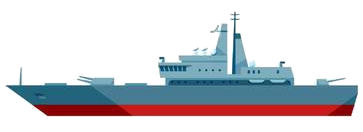
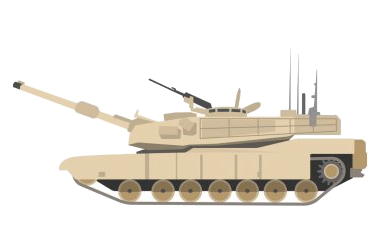
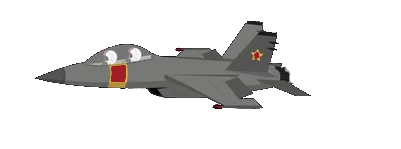
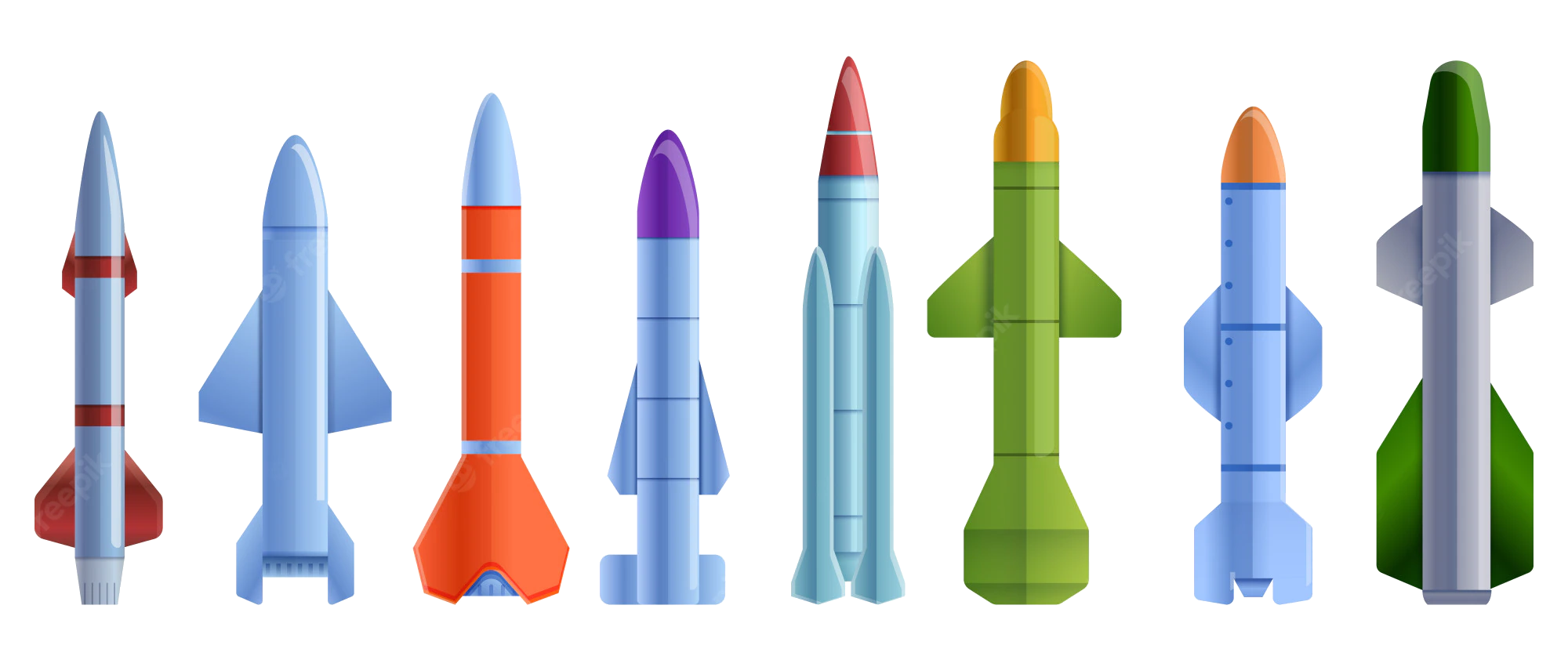 Military, defense and equipment
Military, defense and equipment
 Netherlands
Netherlands
 Nobel prize
Nobel prize
 Nobel prize
Nobel prize
 2013
2013

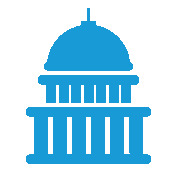 Party and government
Party and government

 Important International Organizations
Important International Organizations
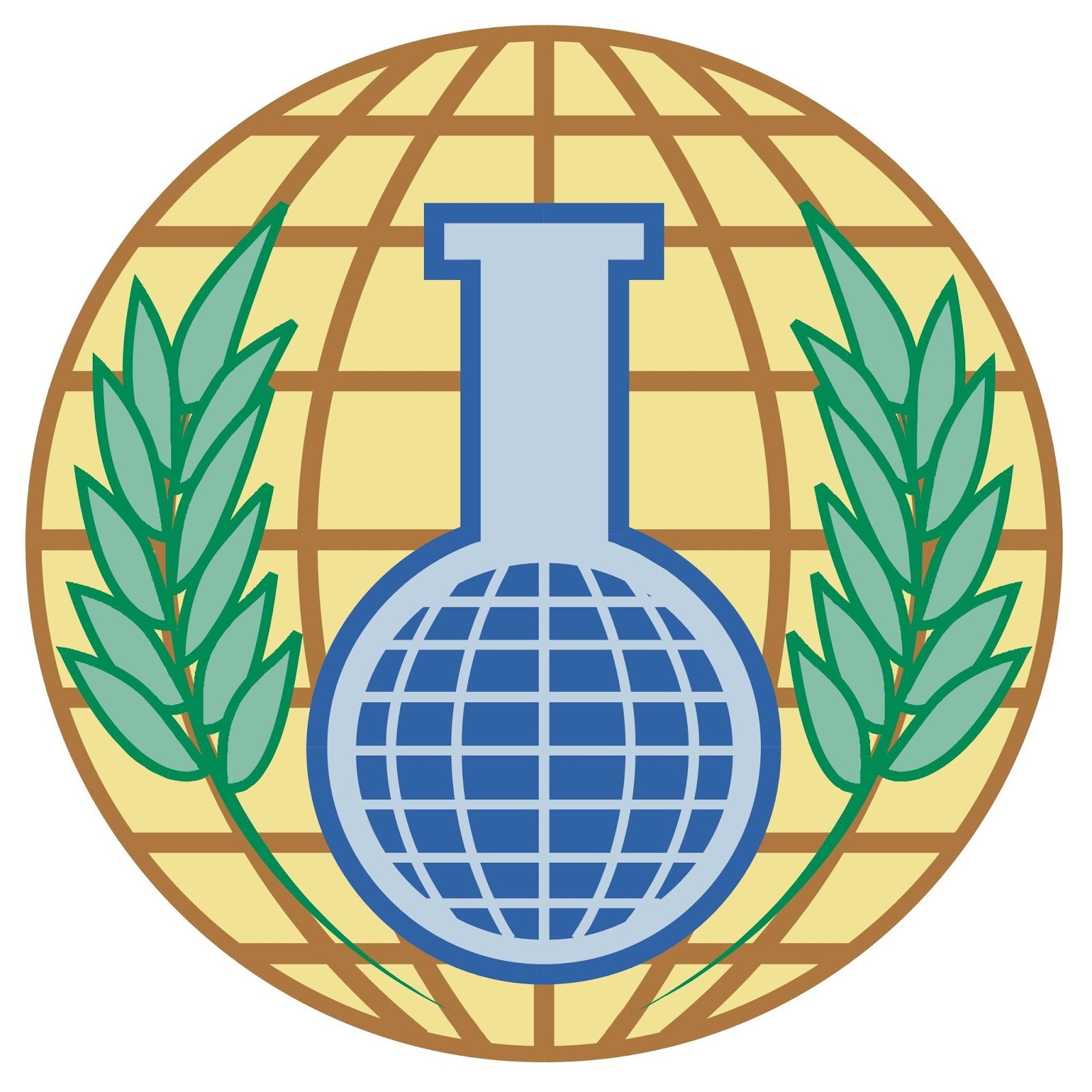
禁止化学武器组织(英语:Organization for the Prohibition of Chemical Weapons,缩写:OPCW),是一个于1997年成立的国际组织[1],总部设于荷兰海牙,与联合国密切合作,是为执行《禁止化学武器公约》而创立的,以实地查察等方式,推行禁用及销毁化学武器的工作。[3]
2013年10月11日,挪威诺贝尔委员会公布,“因其对消除化学武器的多方努力”,颁授2013年诺贝尔和平奖给禁止化学武器组织[4]。
Die Organisation für das Verbot chemischer Waffen (englisch Organisation for the Prohibition of Chemical Weapons, OPCW) ist eine unabhängige internationale Organisation, die durch die Vertragsstaaten der Chemiewaffenkonvention begründet wurde. Sie überwacht die Einhaltung und Umsetzung dieser Konvention und legt die Rahmenbedingungen für die Vernichtung von Chemiewaffen fest.
 Australia
Australia
 Belgium
Belgium
 Chile
Chile
 Denmark
Denmark
 Germany
Germany
 Estonia
Estonia
 Finland
Finland
 France
France
 Greece
Greece
 Ireland
Ireland
 Iceland
Iceland
 Israel
Israel
 Italy
Italy
 Japan
Japan
 Canada
Canada
 Luxembourg
Luxembourg
 Mexico
Mexico
 New Zealand
New Zealand
 Netherlands
Netherlands
 Norwegen
Norwegen
 OECD
OECD
 Emiel van Lennep
Emiel van Lennep
 OECD
OECD
 Don Johnston
Don Johnston
 OECD
OECD
 Jean-Claude Paye
Jean-Claude Paye
 OECD
OECD
 José Ángel Gurría
José Ángel Gurría
 OECD
OECD
 Staffan Sohlman
Staffan Sohlman
 OECD
OECD
 Thorkil Kristensen
Thorkil Kristensen
 Austria
Austria
 Poland
Poland
 Portugal
Portugal
 Republic of Korea
Republic of Korea
 Sweden
Sweden
 Switzerland
Switzerland
 Slovakia
Slovakia
 Slovenia
Slovenia
 Spain
Spain
 Czech Republic
Czech Republic
 Turkey
Turkey
 Hungary
Hungary
 United States
United States
 United Kingdom
United Kingdom

 Important International Organizations
Important International Organizations

経済協力開発機構(けいざいきょうりょくかいはつきこう)は、国際経済全般について協議することを目的とした国際機関。公用語の正式名称は、英語では"Organisation[1] for Economic Co-operation and Development"(イギリス英語表記)、フランス語では"Organisation de Coopération et de Développement Economiques"。略称は英語ではOECD、フランス語ではOCDE。
本部事務局はパリ16区の旧ラ・ミュエット宮殿に置かれている。事務総長はアンヘル・グリア。
The Organisation for Economic Co-operation and Development (OECD; French: Organisation de Coopération et de Développement Économiques, OCDE) is an intergovernmental economic organisation with 37 member countries,[1] founded in 1961 to stimulate economic progress and world trade. It is a forum of countries describing themselves as committed to democracy and the market economy, providing a platform to compare policy experiences, seek answers to common problems, identify good practices and coordinate domestic and international policies of its members. Generally, OECD members are high-income economies with a very high Human Development Index (HDI) and are regarded as developed countries. As of 2017, the OECD member countries collectively comprised 62.2% of global nominal GDP (US$49.6 trillion)[3] and 42.8% of global GDP (Int$54.2 trillion) at purchasing power parity.[4] The OECD is an official United Nations observer.[5]
In 1948, the OECD originated as the Organisation for European Economic Co-operation (OEEC),[6] led by Robert Marjolin of France, to help administer the Marshall Plan (which was rejected by the Soviet Union and its satellite states).[7] This would be achieved by allocating United States financial aid and implementing economic programs for the reconstruction of Europe after World War II. (Similar reconstruction aid was sent to the war-torn Republic of China and post-war Korea, but not under the name "Marshall Plan".)[8]
In 1961, the OEEC was reformed into the Organisation for Economic Co-operation and Development by the Convention on the Organisation for Economic Co-operation and Development and membership was extended to non-European states.[9][10] The OECD's headquarters are at the Château de la Muette in Paris, France.[11] The OECD is funded by contributions from member countries at varying rates and had a total budget of €386 million in 2019.[2]
Although OECD does not have a power to enforce its decisions, which further require unanimous vote from its members, it is recognized as highly influential publisher of mostly economic data through publications as well as annual evaluations and rankings of members countries.[12]
L'Organisation de coopération et de développement économiques (OCDE) est une organisation internationale d'études économiques, dont les pays membres — des pays développés pour la plupart — ont en commun un système de gouvernement démocratique et une économie de marché. Elle joue essentiellement un rôle d'assemblée consultative1.
L'OCDE a succédé à l'Organisation européenne de coopération économique (OECE) issue du plan Marshall et de la Conférence des Seize (Conférence de coopération économique européenne) qui a existé de 1948 à 1960. Son but était l'établissement d'une organisation permanente chargée en premier lieu d'assurer la mise en œuvre du programme de relèvement commun (le plan Marshall), et, en particulier, d'en superviser la répartition2.
En 2020, l'OCDE compte 37 pays membres et regroupe plusieurs centaines d'experts. Elle publie fréquemment des études économiques et sociales — analyses, prévisions et recommandations de politique économique — et des statistiques, principalement concernant ses pays membres.
Le siège de l'OCDE se situe à Paris (16e), au château de la Muette. L'organisation possède également des bureaux dans plusieurs autres métropoles, notamment à Berlin, Mexico, Tokyo et Washington.
L'Organizzazione per la cooperazione e lo sviluppo economico (OCSE) – in inglese Organization for Economic Co-operation and Development (OECD), e in francese Organisation de coopération et de développement économiques (OCDE) – è un'organizzazione internazionale di studi economici per i paesi membri, paesi sviluppati aventi in comune un'economia di mercato.
L'organizzazione svolge prevalentemente un ruolo di assemblea consultiva che consente un'occasione di confronto delle esperienze politiche, per la risoluzione dei problemi comuni, l'identificazione di pratiche commerciali e il coordinamento delle politiche locali e internazionali dei paesi membri[1]. Ha sede a Parigi nello Château de la Muette[2].
Gli ultimi paesi ad aver aderito all'OCSE sono la Colombia (28 aprile 2020),la Lettonia (1º luglio 2016) e la Lituania (5 luglio 2018), per un totale di 36 paesi membri.
La Organización para la Cooperación y el Desarrollo Económico1 (OCDE) es un organismo de cooperación internacional, compuesto por 37 estados,34 cuyo objetivo es coordinar sus políticas económicas y sociales. La OCDE fue fundada en 1961 y su sede central se encuentra en el Château de la Muette en París (Francia). Los idiomas oficiales de la entidad son el francés y el inglés.2
En la OCDE, los representantes de los países miembros se reúnen para intercambiar información y armonizar políticas con el objetivo de maximizar su crecimiento económico y colaborar a su desarrollo y al de los países no miembros.
Conocida como «club de los países ricos»,56 a partir de 2017, sus países miembros comprendieron colectivamente el 62,2 % del PIB nominal global (US$49,6 billones) y el 42,8 % del PIB global (Int US$54,2 billones).7
Организа́ция экономи́ческого сотру́дничества и разви́тия (сокр. ОЭСР, англ. Organisation for Economic Co-operation and Development, OECD) — международная экономическая организация развитых стран, признающих принципы представительной демократии и свободной рыночной экономики.
Создана в 1948 году под названием Организа́ция европе́йского экономи́ческого сотру́дничества (англ. Organisation for European Economic Co-operation, OEEC) для координации проектов экономической реконструкции Европы в рамках плана Маршалла.
Штаб-квартира организации располагается в Шато де ла Мюетт, в Париже. Генеральный секретарь (с 2006 года) — Хосе Анхель Гурриа Тревиньо (Мексика). Руководящим органом ОЭСР является совет представителей стран — членов организации. Все решения в нём принимаются на основе консенсуса.
По данным на 2011 год, в странах ОЭСР проживало 18 % населения мира[2].

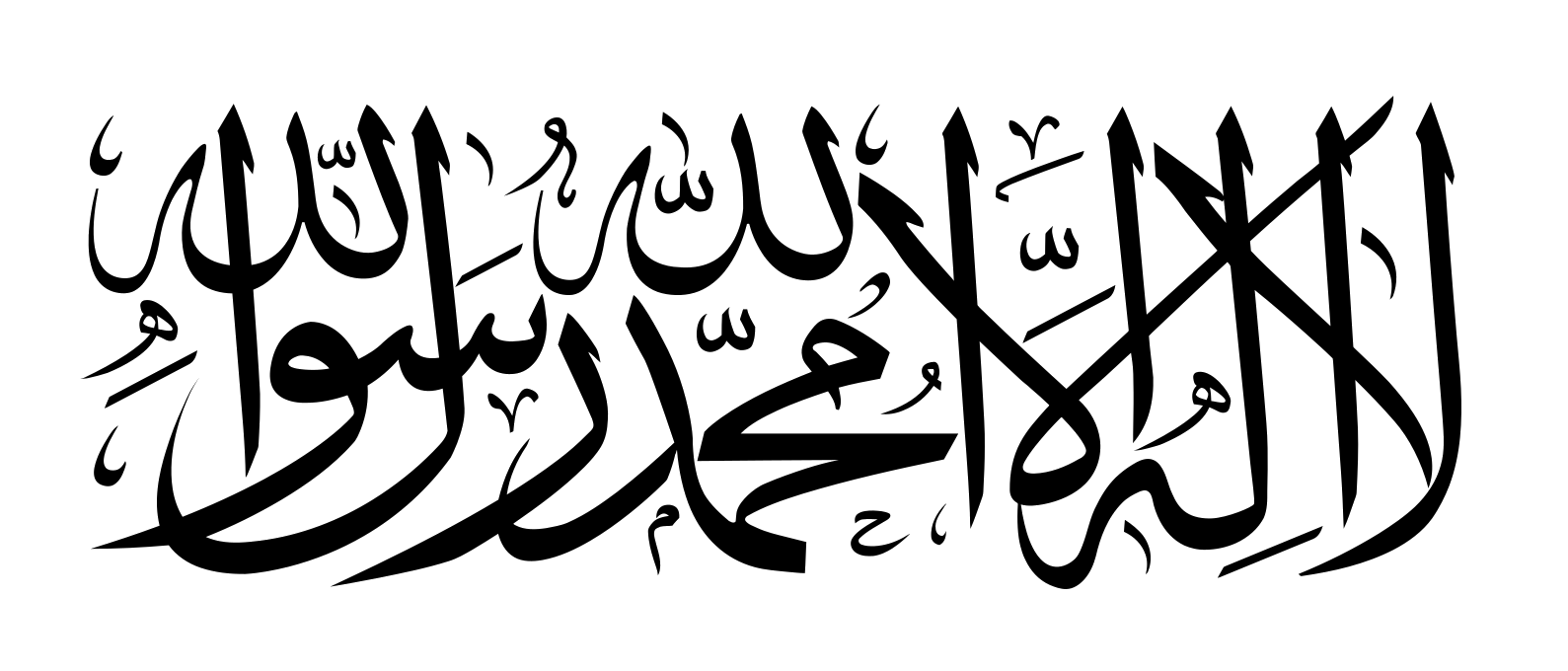 Afghanistan
Afghanistan
 Azerbaijan
Azerbaijan

 Hand in Hand
Hand in Hand
 Iran
Iran
 Kasachstan
Kasachstan
 Kyrgyzstan
Kyrgyzstan
 Pakistan
Pakistan
 Tajikistan
Tajikistan
 Turkey
Turkey
 Turkmenistan
Turkmenistan
 Uzbekistan
Uzbekistan

 Important International Organizations
Important International Organizations
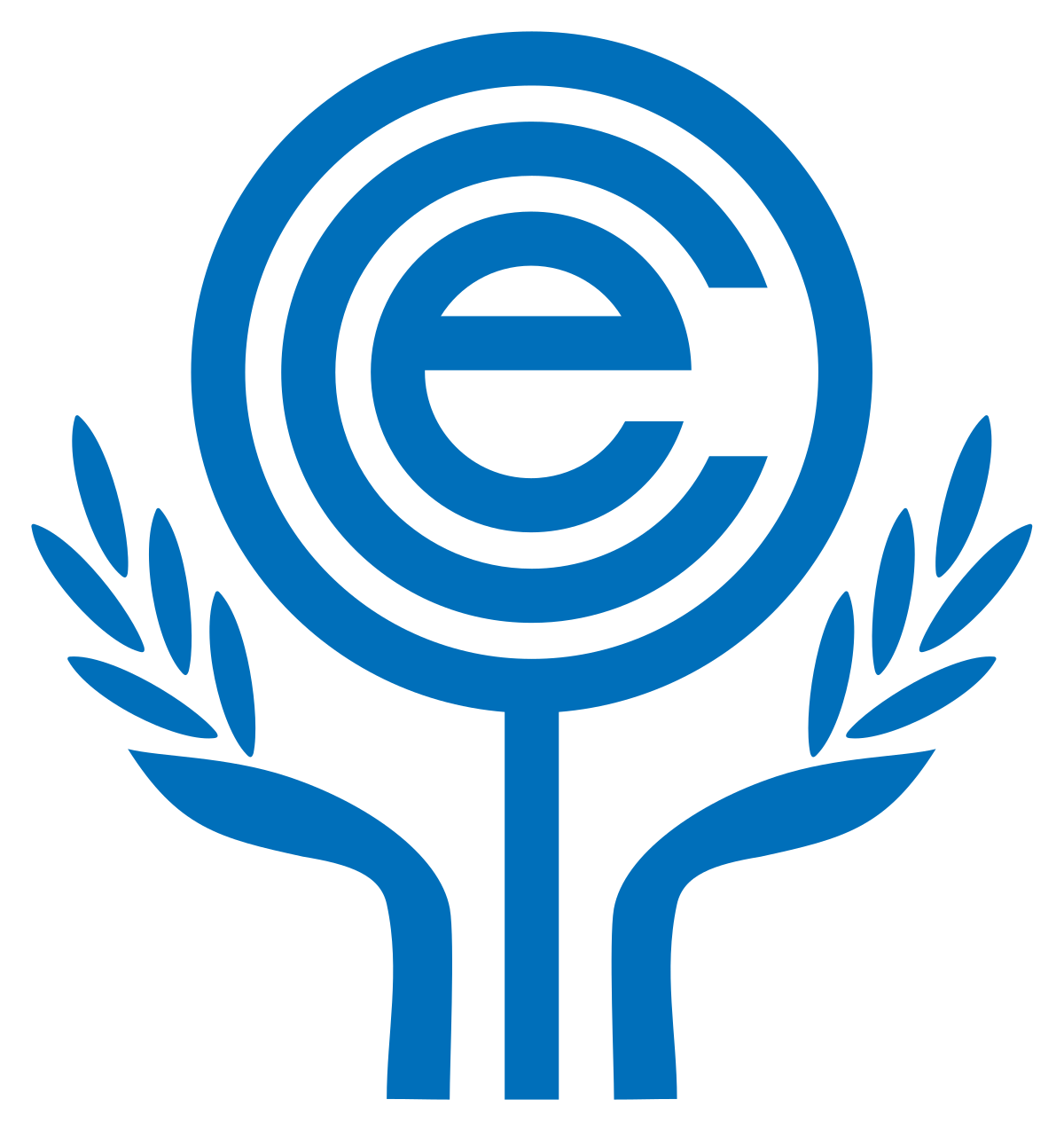

Die Vereinten Nationen (VN; englisch United Nations, UN; oft UNO für United Nations Organisation) sind ein zwischenstaatlicher Zusammenschluss von 192 Staaten der Erde und als globale Internationale Organisation uneingeschränkt anerkanntes Völkerrechtssubjekt.
Die wichtigsten Aufgaben der Organisation sind die Sicherung des Weltfriedens, die Einhaltung des Völkerrechts, der Schutz der Menschenrechte und die Förderung der internationalen Zusammenarbeit.

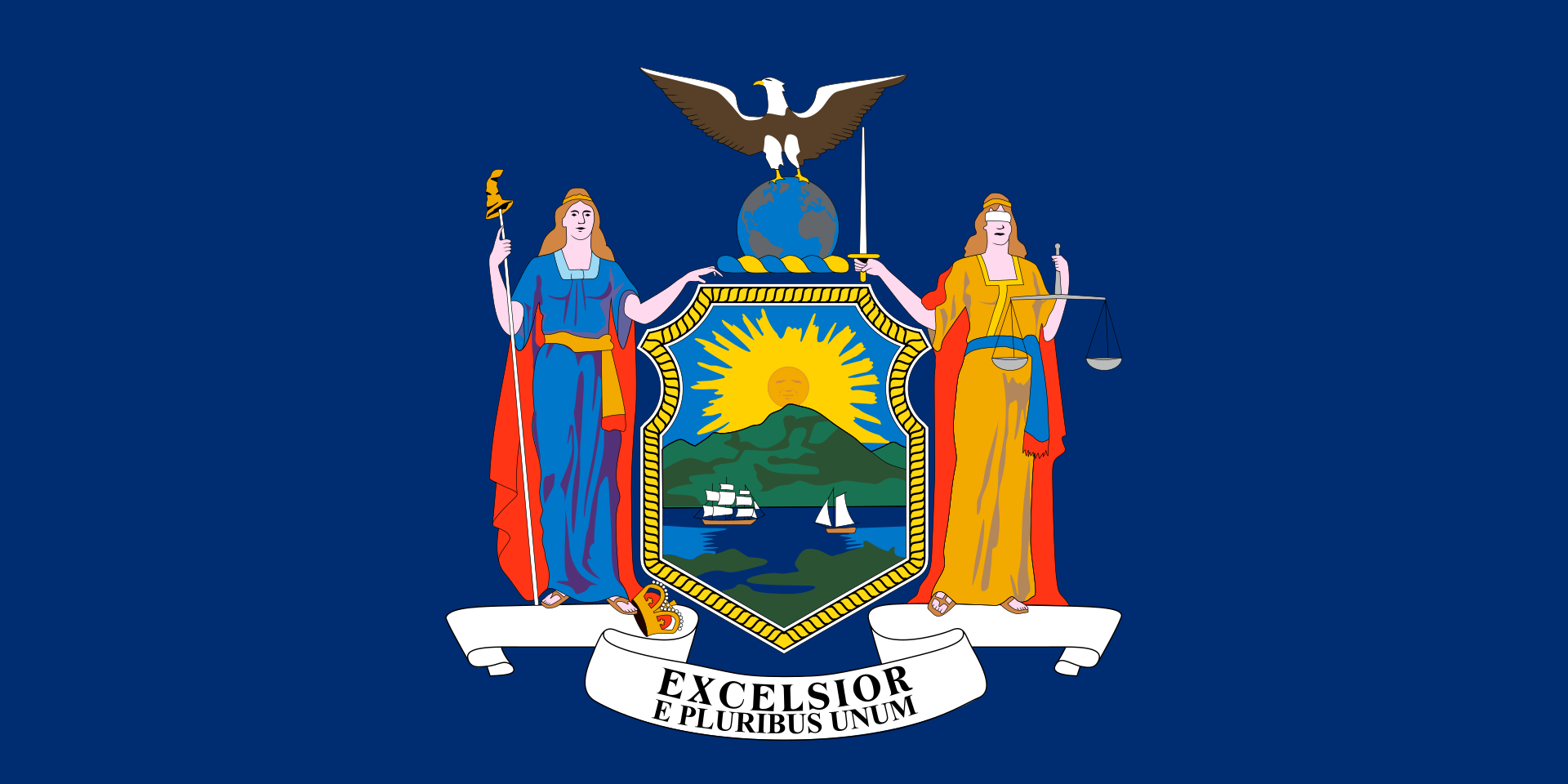 New York-NY
New York-NY
 Nobel prize
Nobel prize
 Nobel prize
Nobel prize
 1965
1965
 Nobel prize
Nobel prize
 Nobel Peace Prize
Nobel Peace Prize
 United States
United States

 Important International Organizations
Important International Organizations

联合国儿童基金会(英语:The United Nations Children's Fund)(旧称联合国国际儿童紧急救援基金会,英语:United Nations International Children's Emergency Fund,简称UNICEF)是联合国一个专门机构,于1946年12月11日在联合国大会上成立,总部设于美国纽约,对发展中国家的母亲和孩子进行长期的人道主义和发展援助。作为一个志愿性的基金机构,联合国儿童基金会依靠政府和私人的捐助。他的项目着重于提高社区服务水平,以提高儿童的健康。联合国儿童基金会在1965年获得了诺贝尔和平奖,而本会亦于1985至87年间成立香港跑马地分会,现址位于香港岛炮台山英皇道75-83号联合出版大厦。在联合国儿童基金会执行主任Carol Bellamy到期以后,2005年5月由美国前农业部部长担任执行主任,将加速新千年的发展目标提上了议事日程。
联合国儿童基金会是促进建立一个实现儿童权利世界的主要推动力。联合国儿童基金会对全球决策者及基层各类合作伙伴的影响力可将一些富有创意的想法变为现实。这个特性使其有别于其他世界组织和从事儿童工作的组织。联合国儿童基金会相信抚养和关爱儿童是人类发展的基石。联合国儿童基金会就是为了实现这一目的而创立的—与其他机构协力克服贫困、暴力、疾病和歧视给儿童成长之路带来的障碍。联合国儿童基金会认为我们能够携手推进这一人道主义事业。
作为联合国主管儿童问题的机构,联合国儿童基金会在156个发展中和转型中国家开展工作,保障儿童的生存和发展。联合国儿童基金会是世界上最大的为贫穷国家提供疫苗的机构,为确保儿童的健康和达到营养标准,它通过为所有男女孩童提供高质量的基础教育、安全净水和卫生设施以及努力保护儿童免遭暴力、剥削和艾滋病的影响来推进千年发展目标的实现。
Das Kinderhilfswerk der Vereinten Nationen (ursprünglich: englisch United Nations International Children’s Emergency Fund, seit 1953: United Nations Children’s Fund, UNICEF) ist eine Sonderorganisation der Vereinten Nationen und fungiert als eine ihrer entwicklungspolitischen Organe. Sie wurde am 11. Dezember 1946 gegründet, zunächst um Kindern in Europa nach dem Zweiten Weltkrieg zu helfen. Heute arbeitet die Organisation weltweit in über 190 Staaten und Territorien.[1] Der Schwerpunkt der Arbeit liegt in Entwicklungsländern und in den Krisengebieten der Erde. Dort unterstützt UNICEF Kinder und Mütter in den Bereichen Gesundheit, Familienplanung, Hygiene, Ernährung sowie Bildung und leistet humanitäre Hilfe in Notsituationen. Außerdem setzt sich UNICEF politisch für die Kinderrechte ein, so etwa im Einsatz gegen den Missbrauch von Kindern als Soldaten oder für den Schutz von geflüchteten Kindern. Die Organisation tritt weltweit für die Umsetzung der UN-Kinderrechtskonvention und der Ziele für nachhaltige Entwicklung (Agenda 2030)[2] ein. Hierzu werden auch in Industrieländern in geringerem Umfang Programme durchgeführt, zum Beispiel zum Schutz von geflüchteten Kindern.
 France
France

 Ile-de-France
Ile-de-France
 UNESCO
UNESCO
 Irina Bokowa
Irina Bokowa
 UNESCO
UNESCO
 Audrey Azoulay
Audrey Azoulay
 UNESCO
UNESCO
 Amadou-Mahtar M'Bow
Amadou-Mahtar M'Bow
 UNESCO
UNESCO
 Federico Mayor Zaragoza
Federico Mayor Zaragoza
 UNESCO
UNESCO
 Jaime Torres Bodet
Jaime Torres Bodet
 UNESCO
UNESCO
 John Wilkinson Taylor
John Wilkinson Taylor
 UNESCO
UNESCO
 Julian Huxley
Julian Huxley
 UNESCO
UNESCO
 Kōichirō Matsuura
Kōichirō Matsuura
 UNESCO
UNESCO
 Luther Evans
Luther Evans
 UNESCO
UNESCO
 René Maheu
René Maheu
 UNESCO
UNESCO
 Vittorino Veronese
Vittorino Veronese

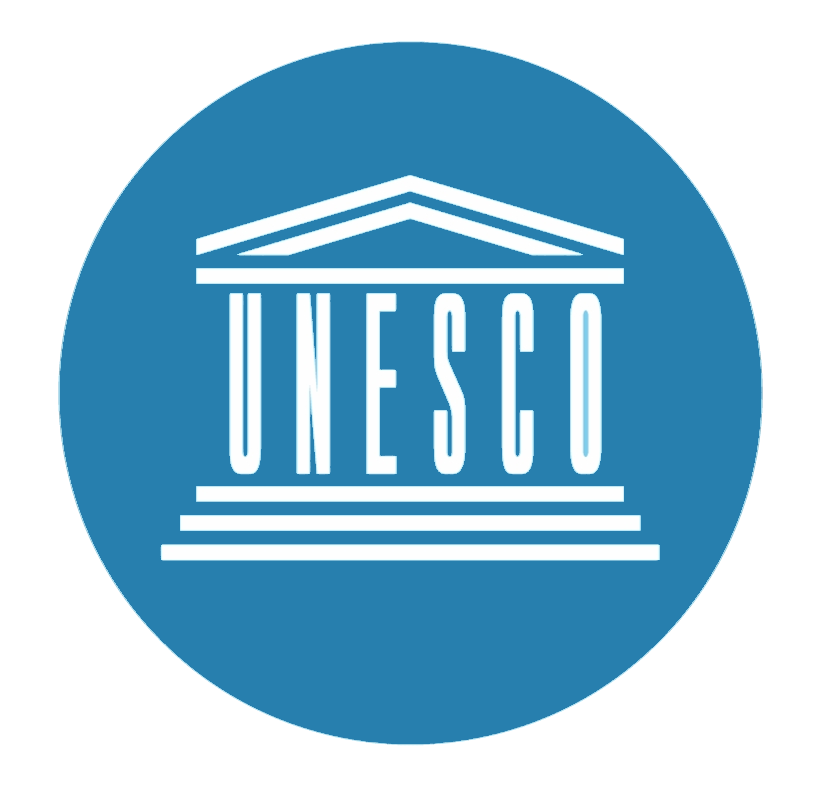 World Heritage
World Heritage

 Important International Organizations
Important International Organizations
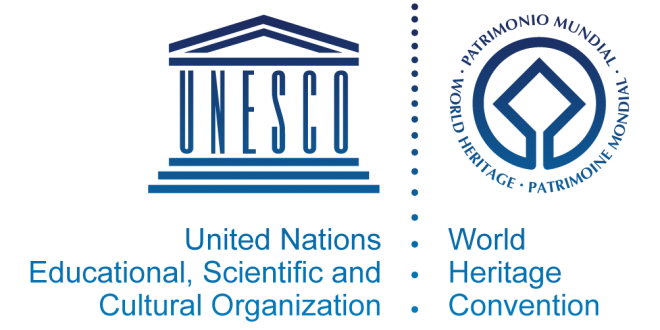
 Food and Agriculture Organization,FAO
Food and Agriculture Organization,FAO
 José Graziano da Silva
José Graziano da Silva
 Food and Agriculture Organization,FAO
Food and Agriculture Organization,FAO
 Qu Dongyu
Qu Dongyu
 Italy
Italy

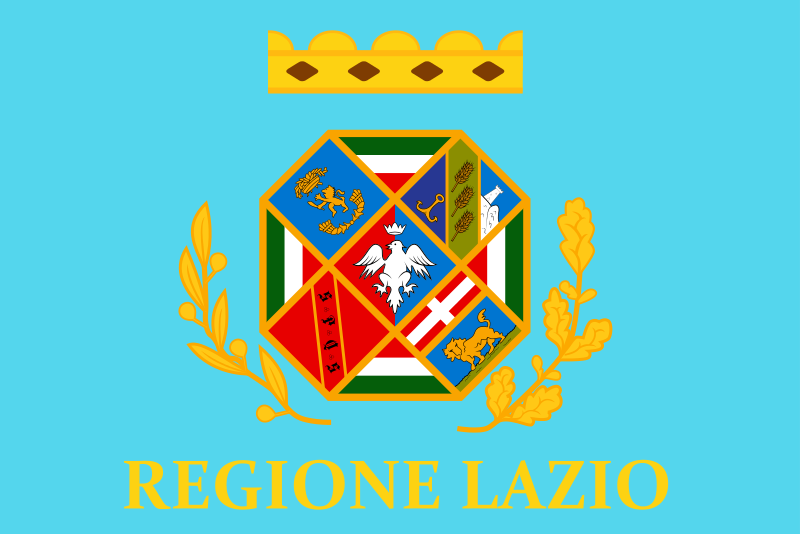 Lazio
Lazio

 Important International Organizations
Important International Organizations
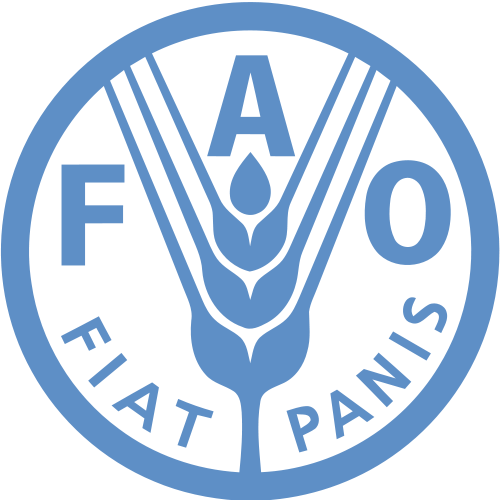
 Nobel prize
Nobel prize
 Nobel prize
Nobel prize
 1981
1981
 Nobel prize
Nobel prize
 Nobel Peace Prize
Nobel Peace Prize
 Nobel prize
Nobel prize
 1954
1954
 Switzerland
Switzerland

 Important International Organizations
Important International Organizations

联合国难民事务高级专员办事处(法语:Le Haut Commissariat des Nations unies pour les réfugiés ; 英语:Office of the UN High Commissioner for Refugees,缩写为法语:HCR ; 英语:UNHCR),简称联合国难民署(法语:Agence des Nations Unies pour les réfugiés; 英语:UN Refugee Agency)是一个负责保护和支持难民的联合国机构,宗旨是领导和协调世界范围内保护难民和解决难民问题的国际行动。在当地政府或联合国本身的要求下,难民署会向当地难民提供援助。本署的总部设于瑞士日内瓦,并且是联合国发展集团的成员[1]。本署于1950年12月14日成立,并于1954年和1981年获颁诺贝尔和平奖[2]。
Hoher Flüchtlingskommissar der Vereinten Nationen (englisch United Nations High Commissioner for Refugees ‚Hochkommissar der Vereinten Nationen für Flüchtlinge‘, UNHCR) ist ein persönliches Amt der Vereinten Nationen (UN). Ihm untersteht das Hochkommissariat (engl. Office of the United Nations High Commissioner for Refugees, OHCR, auch The UN Refugee Agency). Es ist mit dem Schutz von Flüchtlingen und Staatenlosen (Flüchtlingsrecht) beauftragt und auch im Bereich der humanitären Hilfe tätig.[1]
Die Organisation mit Dienstsitz in Genf ist als Nebenorgan der Vereinten Nationen der Generalversammlung rechenschaftspflichtig.

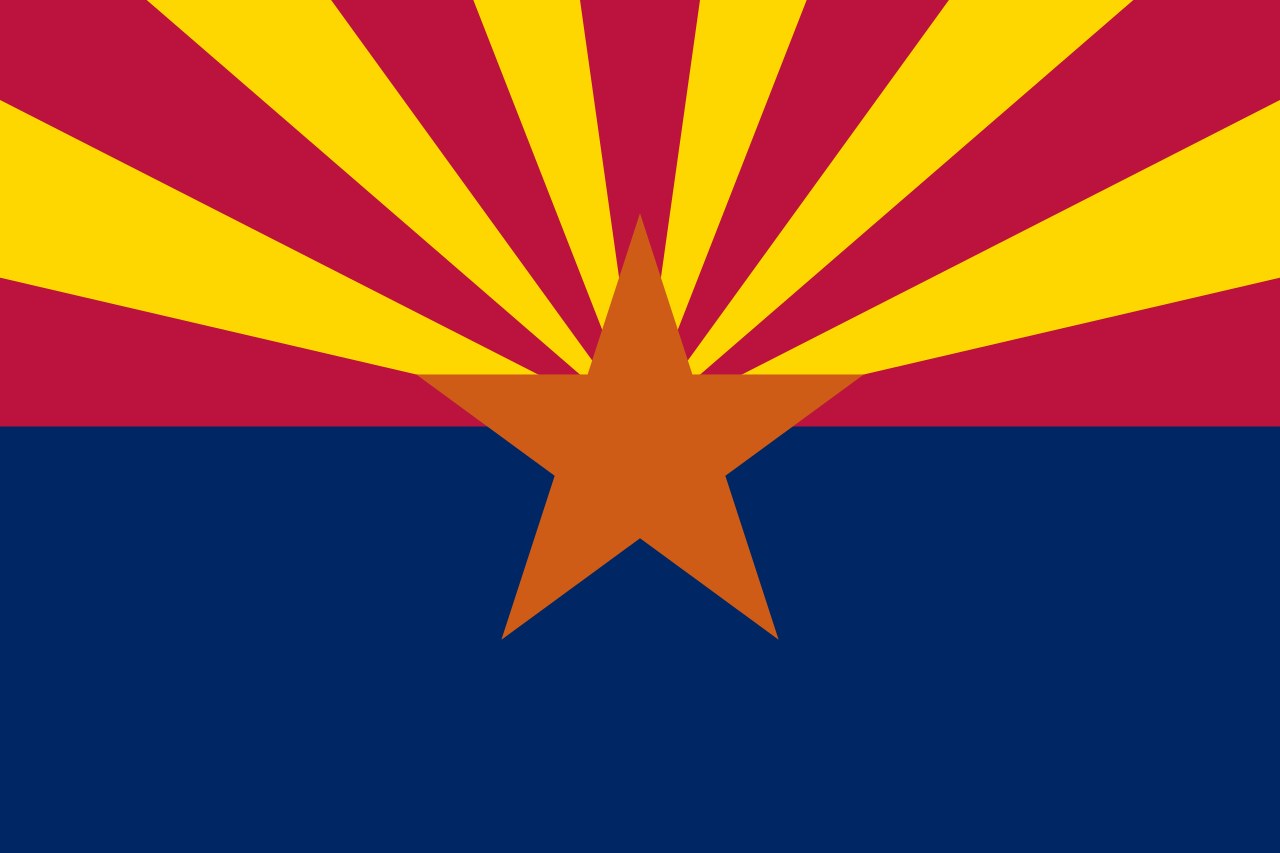 Arizona-AZ
Arizona-AZ

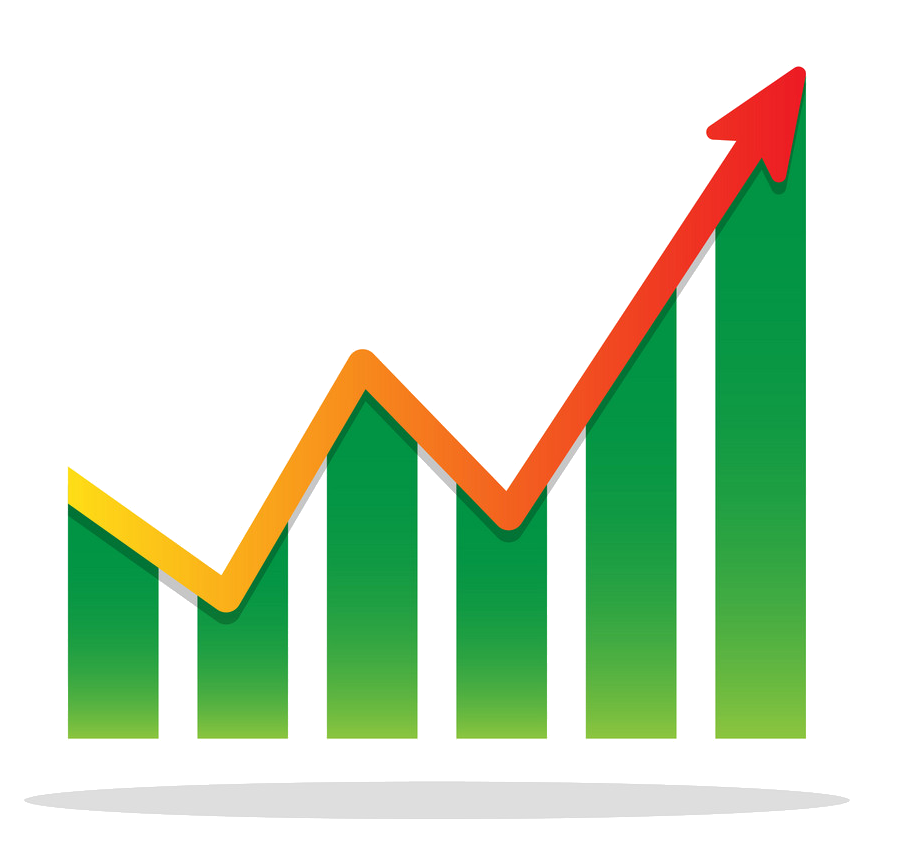 Financial
Financial
 *United States economic data
*United States economic data
 United States
United States

 Important International Organizations
Important International Organizations

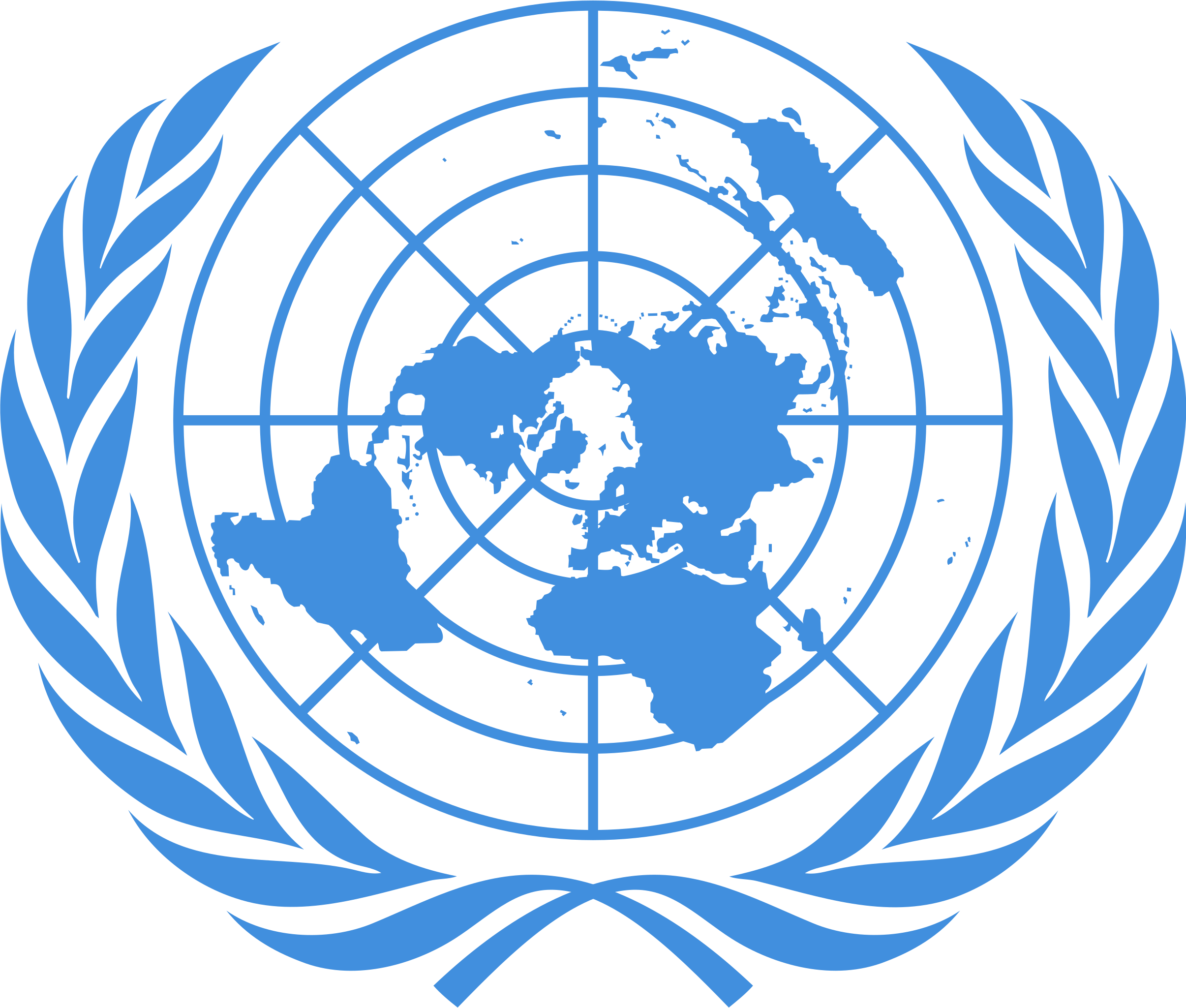 United Nations
United Nations
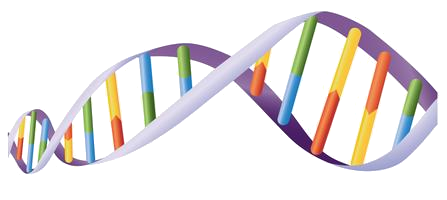 Science and technology
Science and technology
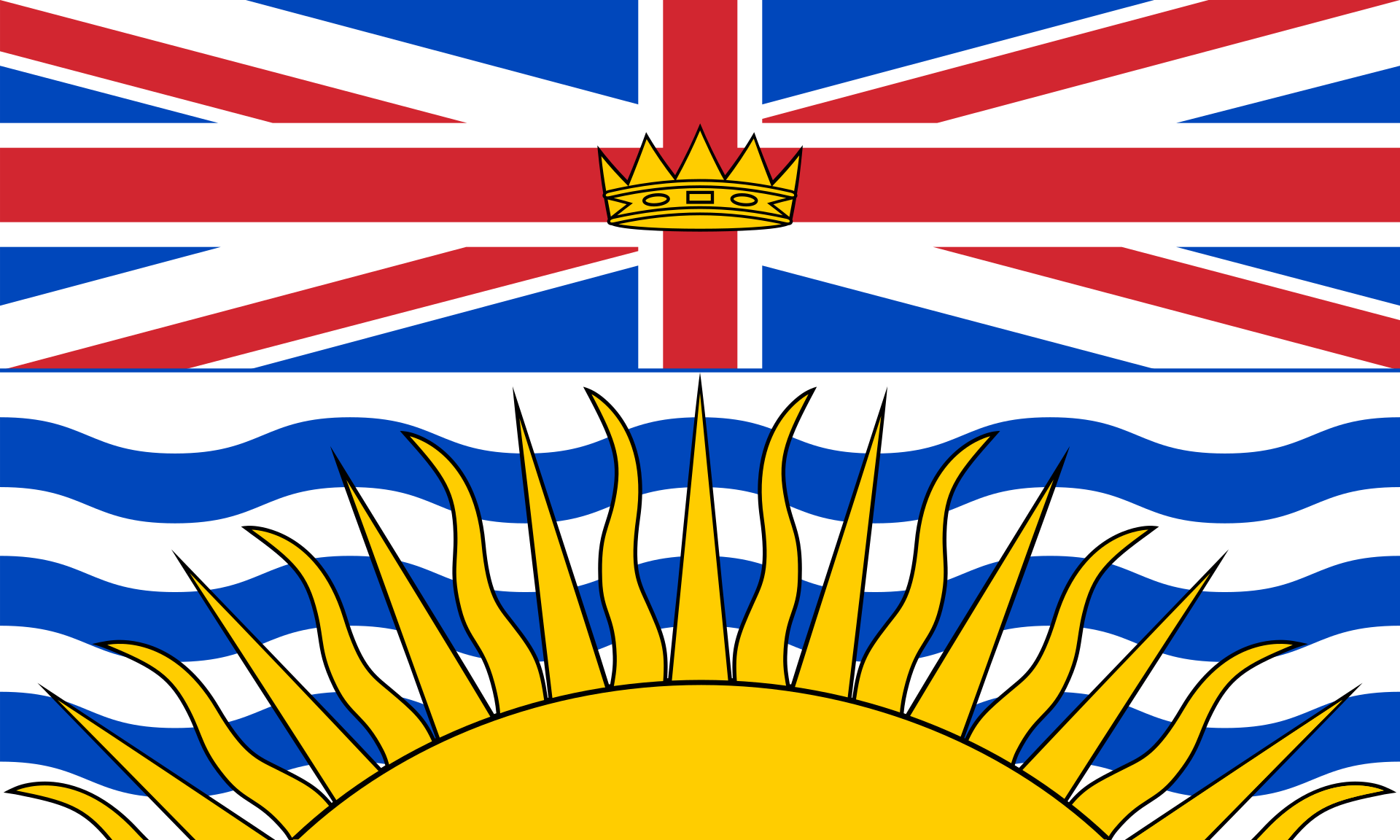 British Columbia-BC
British Columbia-BC
 Climate
Climate
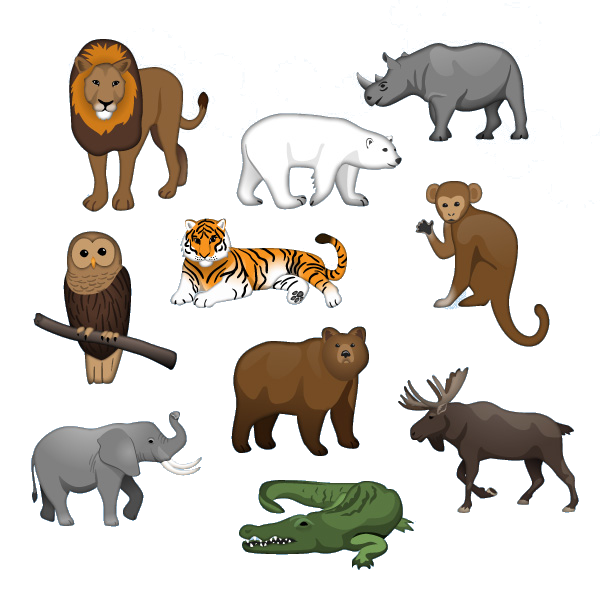 Animal world
Animal world